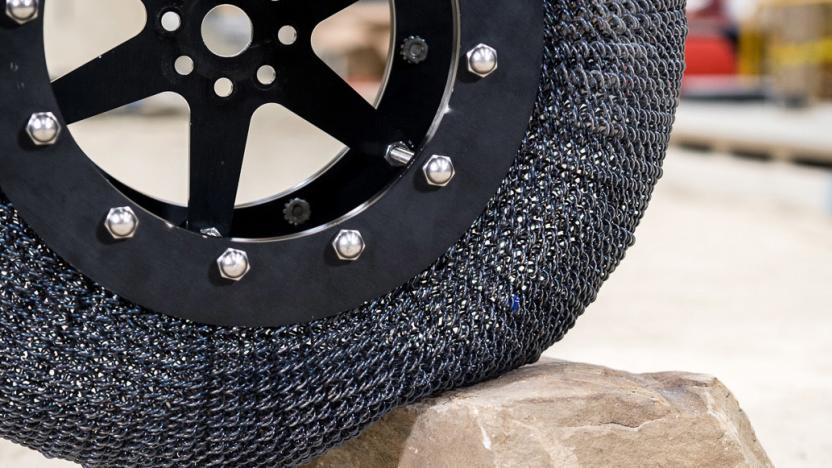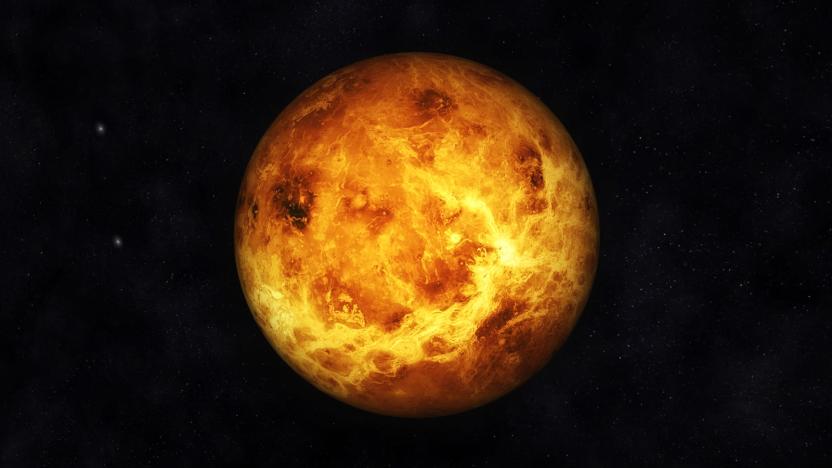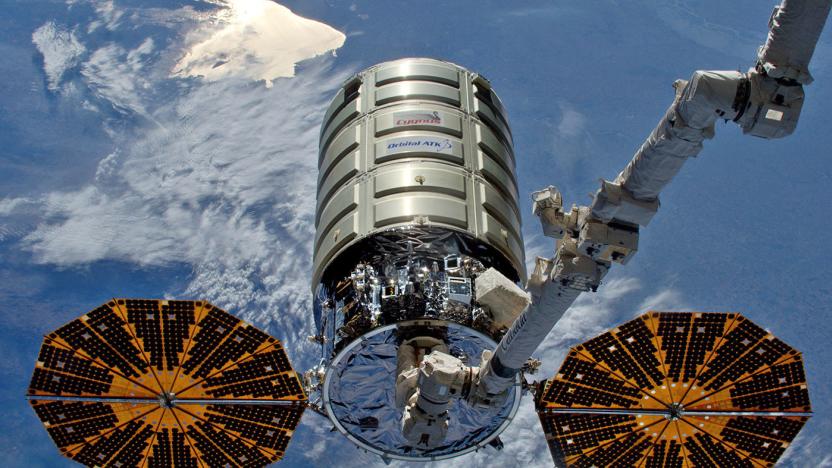GlennResearchCenter
Latest

NASA goes back to the middle ages for its rover tire design
The Mars Curiosity rover has been a big success, but NASA's modern tech couldn't save its tires from breaking down in the harsh conditions of Mars. For future missions, the agency has gone back to the age of knights. Based on the principles of chainmail armor, the "Superelastic" tires can withstand more deformation than any other non-pneumatic tire. At the same time, they could potentially withstand extraplanetary abuse and provide better traction for next-generation rovers.

NASA figured out how to make Venus-resistant electronics
There's a reason why we're focused on colonizing Mars rather than Venus: the latter is absolutely inhospitable. Its atmosphere is 96 percent carbon dioxide and in terms of pressure, 92 times stronger than Earth's. That's not counting the fact that the planet is the hottest in our solar system. Needless to say, getting a computer to work on Venus' surface is a challenge. But NASA scientists might have cracked what it takes to keep electronics functioning on the sulfuric planet.

NASA conducts largest fire experiment in space (update)
As part of its efforts to ensure the safety of spacefarers, NASA set a 16x37-inch block of cotton-fiberglass material on fire aboard a spacecraft that's making its way back home. Since the largest material NASA ever burned in space before this was the size of an index card, this is now officially the biggest fire experiment conducted outside our planet. The Spacecraft Fire Experiment or Saffire-I, as it's officially called, happened aboard the Cygnus spacecraft that ferried the ISS' largest delivery back in March.

NASA's Space Shuttle launch videos are spectacularly incredible, incredibly spectacular
Did you know that it takes nearly seven and a half million pounds of thrust to get a Space Shuttle off the ground and into the final frontier? NASA opts to generate that power by burning through 1,000 gallons of liquid propellants and 20,000 pounds of solid fuel every second, which as you might surmise, makes for some arresting visuals. Thankfully, there are plenty of practical reasons why NASA would want to film its launches (in slow motion!), and today we get to witness some of that awe-inspiring footage, replete with a silky voiceover explaining the focal lengths of cameras used and other photographic minutiae. It's the definition of an epic video, clocking in at over 45 minutes, but if you haven't got all that time, just do it like us and skip around -- your brain will be splattered on the wall behind you either way.


